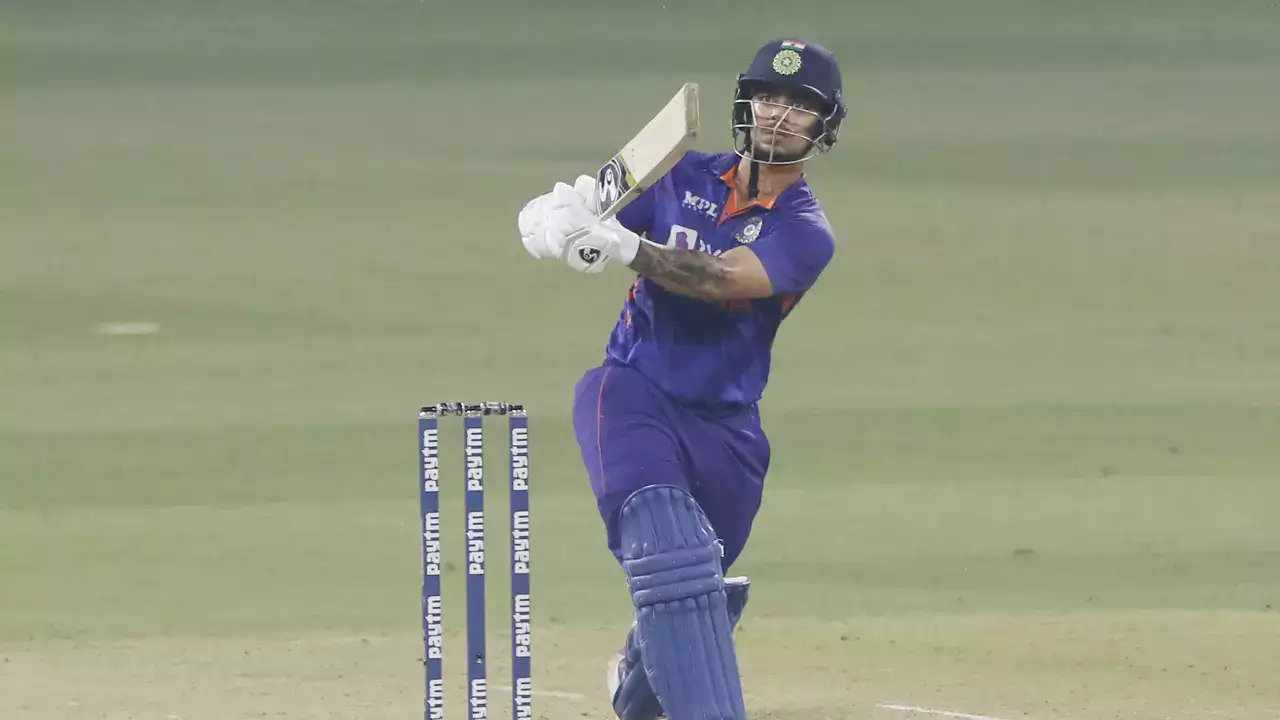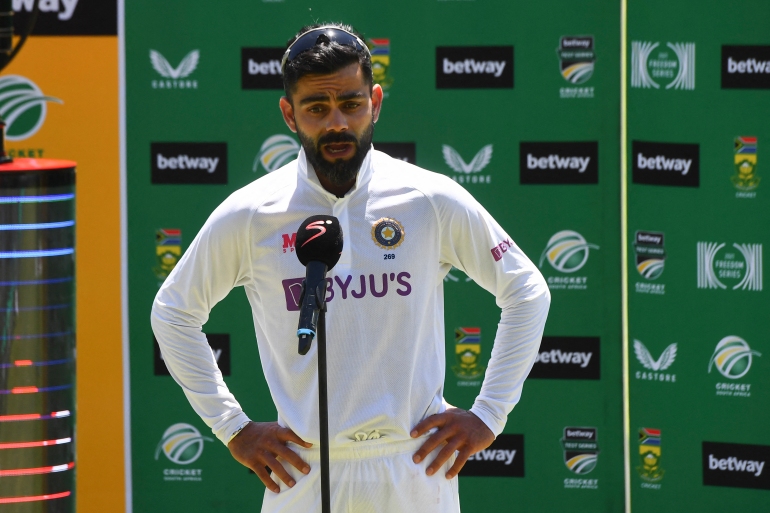It is really hard to believe that it has been 14 years since Kohli made his debut. I can still remember his debut against Sri Lanka in one of the ODI where he was asked to open the innings. He did reasonably well in that series. I believed that he will be a good batsman but I never imagined the heights that he will eventually attain. In 14 years, Kohli has seen quite a few highs and quite a few lows. Now, in the twilight of his career, he is struggling for form but still remains a vital cog in the wheel. 14 years of Virat Kohli.
Achievements as a batsman
Right after that debut against Sri Lanka, he was dropped from the squad. This despite the fact that India at that point, were searching for good quality batsman. India were finding it tough against Mendis but Kohli was not flustered by him. Still, he was dropped after that series but returned just a year later and made his Test debut in 2011. He had a fairly difficult time in Australia but announced himself in the last test at Perth with a 75 and a hundred. As the saying goes, he never turned back and marched from thereon.
The true Kohli-era started began on the tour of South Africa towards the end of 2013. A brilliant hundred in the first innings and an equally good 96 in the second innings, that is when Kohli announced himself that he has arrived. It was those innings that must have infused tremendous amount of confidence in Kohli that he can play the best of bowler in the most difficult of conditions. The twin hundreds in New Zealand meant that he can play the swinging ball.
Kohli carried Pujara, Rahane and even Rohit
He had a purple patch for about 4 years between 2016 and 2019. The real highlight of that period was that extraordinary series in Australia. 4 hundreds in 4 Tests was unprecendented in the annals of Indian cricket. Gavaskar, Dravid and Tendulkar never managed more than 2 in a series in Australia. If not for the disastrous England tour in 2014, he would have had a fabulous year too. There in lies his greatness as a batsman. He knew pretty well that England was his Achilles heel. His repeated dismissals to Anderson being a case in point.
Before the next tour in 2018, he did all the homework and was now ready. That preparation showed in the very first test where he was the lone Indian batsman to score more than 50. Infact, he ended up with a brilliant 153. Batting with the Indian tail, which everyone knows is exceptionally brittle, he scored more than 90 runs against the likes of his nemesis, Anderson. He treated the English bowlers with utter disdain. Throughout the series, he was the only Indian batsman who showed any amount of gumption against the attack led by Anderson and Broad.
It was around this time, he carried the Indian batting on his shoulders. Rahane and Pujara were found wanting except for an odd knock here and there but Kohli gave the team and the nation hope. He more or less shielded every other batsman in the squad.
Achievements as captain
Kohli wasn’t afraid to take tough decisions.
Kohli risked everything in pursuit of test wins. That single quality defined his entire captaincy career. He wasn’t afraid to drop players like Ashwin or Pujara or Rahane though the same decision came back to bite him towards the end. His very first test as captain, albeit as a stand-in for the injured Dhoni at Adelaide where he motivated his side to win the game chasing a very stiff target. He himself played an innings that unfortunately did not result in an Indian win.
Kohli has always advocated for Test cricket to be given its prime importance. India is notorious for not playing too many Tests but it all changed under Kohli. Test cricket became the focus for both the board and the team. This is not to say that ODI and T20 did not find space but Test cricket was given priority. Players were given breaks from limited overs but against tough opponents, only the first choice players played in tests.
Two of his biggest contribution
Kohli’s two biggest contributions as captain was the importance given to fitness culture and the choice of attack. I can still remember the earlier Indian teams. In India, spinners bowled more than 70% of the overs and the batsmen were able to pile on runs that gave the bowlers ample amount of rest. However, the same wasn’t the case when India toured outside the sub-continent. The purpose of the spinner was to hold one end and help the fast bowlers being rotated. The seamers of that era were hardly able bowl more than one spell at full tilt. The depressing and disheartening tours to England and Australia are still vivid in memory. Bell, KP, Strauss and even Bresnan toyed with the Indian bowlers.
Hundreds and double hundreds were scored with elan. The Indian bowlers were hardly effective and the batsmen, after days in the field, folded quickly. The series in Australia towards the end of that year was even more humiliating. Ricky Ponting and Michael Hussey, who were towards the end of their career and hardly able to buy a run for a couple of seasons were suddenly scoring hundreds. As an Indian fan, we never wanted tours anywhere to the SENA countries. We were happy with teams visiting India were the Indians can spin a web around their batsmen.
The Yo-Yo test
Kohli changed that and out went laziness and sluggishness and in came the yo-yo test. Ambati Rayudu and a few others were not considered because they failed the test. It will not be an understatement to state that the fitness of the bowlers was the main reason Indians proved competitive and were able to achieve some memorable wins. Now, Indian bowlers were able to come back for 3rd, 4th spells and bowl with the same intensity. The opponents were always under pressure. Though the batsmen failed to post big totals, that is mainly to do with the non-performance of certain players, the bowlers more or less compensated for the inability of the batsmen.
Culminating 14 years of Virat Kohli
There is no doubt that Kohli is one of the best batsman India has ever produced. I for one will place him below Gavaskar but certainly above Dravid and Tendulkar. He is going through a phase and he needs the support of everyone to come out of that phase. He is too good a player not to finish with an average in excess of 50.
Other Kohli blogs



